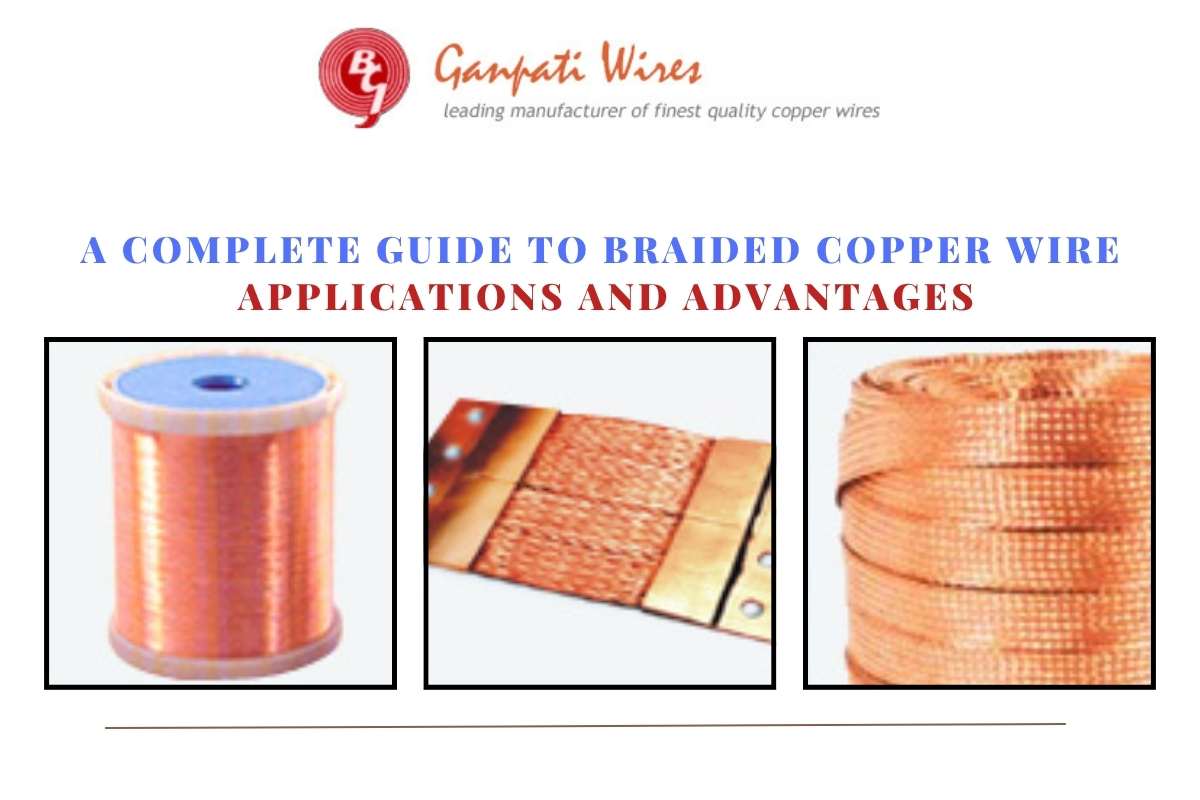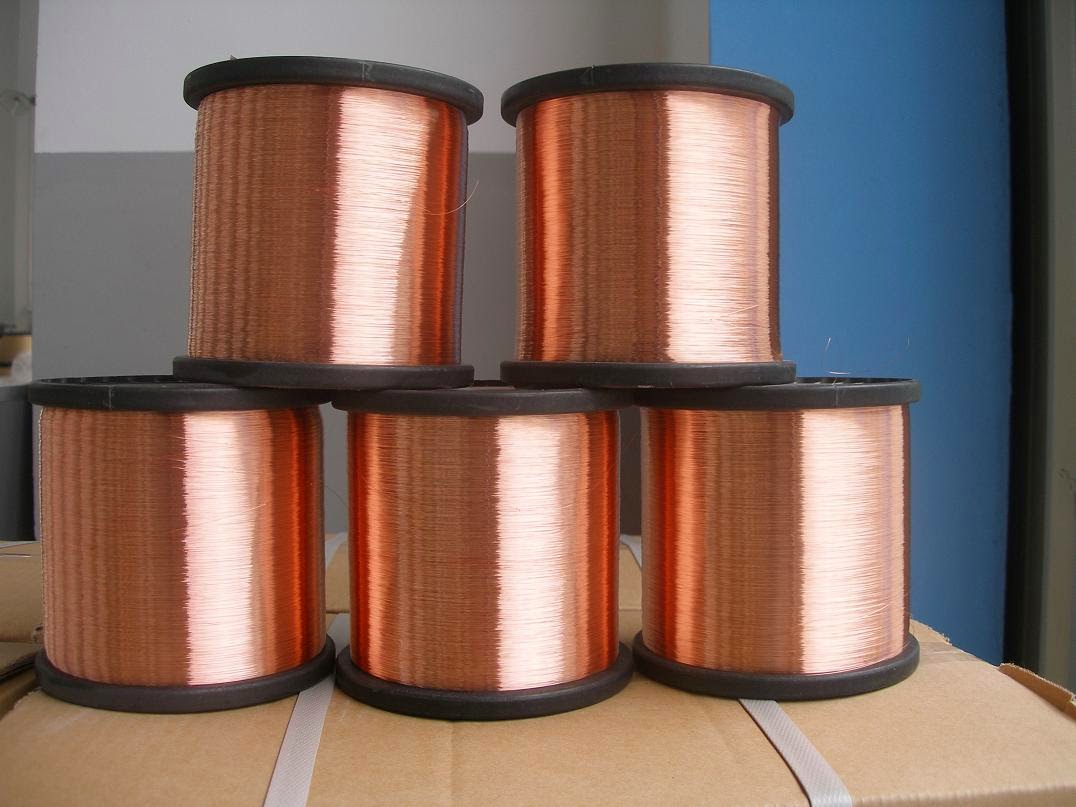Why Submersible Winding Wire is Essential for Reliable Electrical Systems
One of the most crucial components is submersible winding wire, which plays a significant role in ensuring the reliability of electrical systems. Submersible winding wire is a specialized type of wire that can withstand harsh environmental conditions such as submersion in water or exposure to chemicals. In this article, I will discuss the importance of submersible winding wire in ensuring reliable electrical systems, the benefits of using this type of wire, factors to consider when selecting submersible winding wire, and installation and maintenance tips for submersible winding wire.
Introduction to Submersible Winding Wire
Submersible winding wire is a type of wire that is specifically designed for use in submersible pumps, motors, and other electrical devices that are submerged in water or other liquids. This type of wire is made of high-quality materials that can withstand harsh environmental conditions, such as moisture, chemicals, and temperature extremes. Submersible winding wire is typically made of copper or aluminum, which are highly conductive materials that can efficiently transmit electrical energy. This type of wire is also insulated with materials such as PVC or polyethylene to prevent electrical leakage or short circuits.
Importance of Reliable Electrical Systems
In today's world, electrical systems are critical to our daily lives. From powering our homes and businesses to driving our cars, reliable electrical systems are necessary for our safety and comfort. In many cases, electrical systems are used in harsh environmental conditions, such as submersion in water or exposure to chemicals. In these situations, it is essential to use high-quality electrical components such as submersible winding wire to ensure the reliability and safety of the system.
Electrical systems that are not reliable can cause significant problems, including equipment failure, downtime, and even safety hazards. For example, if a submersible pump fails due to low-quality submersible winding wire, it can lead to flooding or other water-related problems. In industrial settings, unreliable electrical systems can cause production delays, equipment damage, and even accidents. Therefore, it is critical to use high-quality electrical components such as submersible winding wire to avoid these problems.
Understanding Submersible Winding Wire
Submersible winding wire is a specialized type of wire that is designed to meet specific requirements for use in submersible pumps, motors, and other electrical devices that are submerged in water or other liquids. This type of wire is usually made of copper or aluminum, which are highly conductive materials that can efficiently transmit electrical energy. Submersible winding wire is also insulated with materials such as PVC or polyethylene to prevent electrical leakage or short circuits.
The insulation on submersible winding wire is designed to withstand harsh environmental conditions such as moisture, chemicals, and temperature extremes. This insulation is also resistant to abrasion and other forms of physical damage, which can be common in submersible applications. Additionally, submersible winding wire is typically coated with a protective layer that enhances its durability and resistance to corrosion.
Benefits of Using Submersible Winding Wire
There are several benefits to using submersible winding wire in electrical systems. One of the primary benefits is increased reliability. Submersible winding wire is designed to withstand harsh environmental conditions, which means that it is less likely to fail or malfunction than other types of wire. This increased reliability can reduce downtime, equipment damage, and safety hazards.
Another benefit of using submersible winding wire is increased efficiency. This type of wire is highly conductive, which means that it can efficiently transmit electrical energy, resulting in less energy loss and lower operating costs. Additionally, submersible winding wire is typically designed to have a smaller diameter than other types of wire, which can reduce the overall size and weight of electrical devices.
Submersible winding wire is also more durable than other types of wire. The insulation on this type of wire is designed to withstand harsh environmental conditions, which means that it is less likely to degrade or become damaged over time. This increased durability can extend the lifespan of electrical systems and reduce maintenance costs.
Factors to Consider When Selecting Submersible Winding Wire
When selecting submersible winding wire, there are several factors to consider. One of the most important factors is the material used to make the wire. Copper and aluminum are the most common materials used for submersible winding wire, and each has its advantages and disadvantages. Copper is more conductive than aluminum, but it is also more expensive. Aluminum is less conductive than copper but is more affordable.
Another factor to consider is the insulation used on the wire. Different types of insulation have different properties, such as resistance to moisture, chemicals, and temperature extremes. It is important to select insulation that is appropriate for the specific application.
The size of the wire is also an important consideration. The size of the wire is determined by its diameter, and larger diameter wire is typically more expensive. However, larger diameter wire can handle more electrical current and is less likely to overheat.
Installation and Maintenance Tips for Submersible Winding Wire
Proper installation and maintenance are crucial for ensuring the reliability and safety of electrical systems that use submersible winding wire. When installing submersible winding wire, it is important to follow the manufacturer's instructions carefully. This includes using the correct tools and techniques for stripping and terminating the wire.
Proper maintenance of submersible winding wire includes regular inspection and cleaning. Inspect the wire for signs of physical damage, such as cuts or abrasions, and replace any damaged sections immediately. Also, inspect the insulation for signs of degradation or damage, and replace any damaged insulation.
Conclusion
In conclusion, submersible winding wire is an essential component of reliable electrical systems that are used in harsh environmental conditions. Using high-quality submersible winding wire can increase the reliability, efficiency, and durability of electrical systems, which can reduce downtime, equipment damage, and safety hazards. When selecting submersible winding wire, it is important to consider factors such as the material, insulation, and size of the wire. Proper installation and maintenance of submersible winding wire are crucial for ensuring its reliability and safety.
%20(4).jpg)

.jpg)

Comments
Post a Comment